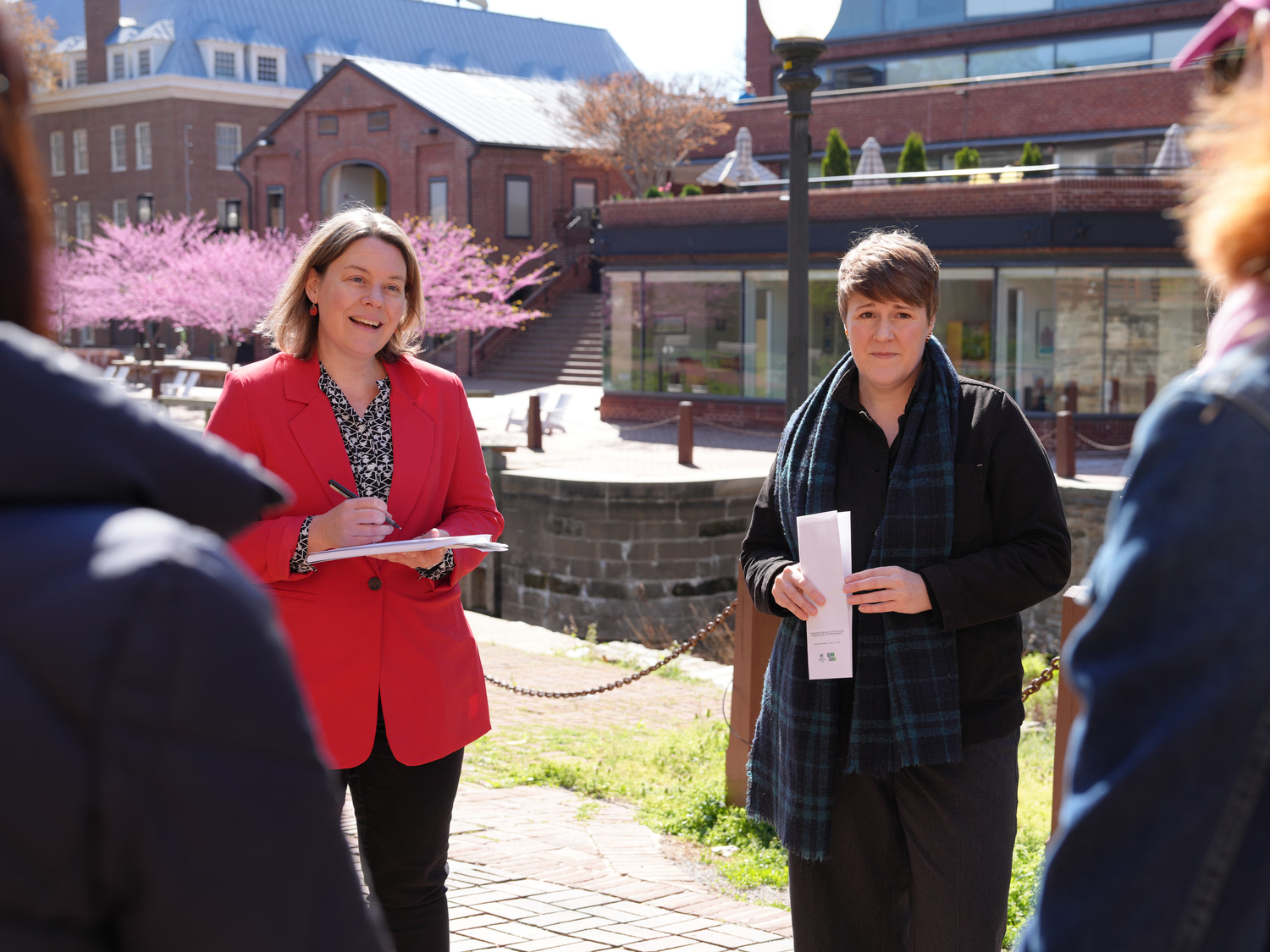The symbolism of America’s train stations is undeniable. The station buildings are intertwined with the personal and collective memories of the people who passed through them, worked in them, and lived and near them. They witnessed pivotal moments in the American journey: families migrating from the Jim Crow South in search of better lives; service members departing for and returning from war; waves of workers drawn to the industrial centers of the Mid-Atlantic and Midwest. Historic train stations echo with countless stories of hope, struggle, and transformation, marking the beginning of a new life, adventure, and the promise of the American dream.
At Quinn Evans, we have been privileged to work on the rehabilitations of more than 20 historic train stations, ranging from small depots to icons from the golden age of railways. The emotional connection between communities and their stations makes renewing these structures not just about restoring unique architectural details—although that is certainly important. For us, it's also an opportunity to understand and honor the intangible elements that make these places so meaningful.

A Unique Reflection of Community
Historic train stations, with their grand public spaces, were once bustling hubs of activity. The challenge today is not just about restoring these architectural gems, but sometimes about reimagining their use in ways that are sustainable and flexible catalysts for economic growth and community development. Successfully preserving these stations requires a deep understanding of their past function and how their renewal can allow them to continue to serve their community.
Adaptive reuse is key to the historic preservation and revitalization of defunct train stations. It encourages us to think beyond the building to how it connects to the surrounding neighborhood, whether through pedestrian pathways, public spaces, or even reestablishing train service. Our design goal is to ensure that these structures will continue to invite people in and set the stage for new stories.
Take Michigan Central Station, for instance. Once the tallest train station in the world, it embodied Detroit's industrial might. However, as the city faced hard times in the latter half of the 20th century, the station became a symbol of that decline—abandoned, vandalized, and left to deteriorate for nearly 40 years. The once-grand structure became a haunting reminder of the city's struggles.

image_compare

Beginning in 2011, we worked with the Station’s owners to reimagine it for new generations to enjoy. This building hasn't just been restored to its former glory; it's been transformed into a hub for innovation, a centerpiece of Ford's City of Tomorrow initiative that will serve various purposes, from tech offices to public events. This redevelopment is not just about restoring a building; it's about renewing a sense of civic pride and creating new opportunities for the community.
The moment we knew that our work on the Station was successful on this level came just a few days after the grand reopening, with the building's first post-revitalization marriage proposal. This moment captures the station's renewed significance—not just as a beautiful building, but as a place where people once again want to create memories.
Enhancing for Continued Use
Of course, not all of America's train stations need to be converted to new uses. Many continue to function as vital transportation hubs but need some renovation or restoration to enable their financial viability and continued use by the traveling public. For example, we meticulously restored and repaired the still-active 1873 Jackson Station in Jackson, Michigan, preserving its historical essence while ensuring it remains a functional part of our country’s transportation network.
Our interdisciplinary teams strive to preserve the unique character of historic train stations, whether this work involves grand vaulted ceilings and intricate stonework or a more utilitarian architecture, while integrating contemporary design elements that enhance functionality and user experience. A great example is the 1929 Lancaster Station in Lancaster, Pennsylvania, where we carried out interior restorations with painstaking attention to detail, ensuring that the station's historical character was preserved while subtly integrating modern conveniences.
Our ongoing work at Baltimore Penn Station will not only restore the station's grandeur but also transform it into a mixed-use destination. We’re completely rehabilitation the Station’s interior, converting its upper floors into leasable office spaces, and preparing the structure to connect to a future mixed-use development across the tracks. The larger redevelopment will introduce new economic opportunities to the surrounding neighborhoods and modernize the station's passenger services to accommodate advanced high-speed rail.

The key for all the train stations we work with is adaptability—not just for today but for the future. The world can change overnight, and spaces like these need to be versatile enough to accommodate that change.
Building Reuse for Sustainability
While the romance of rail travel and its deep connection to our nation's history can't be denied, renovating train stations is not just about their cultural import. Periodic renewal is essential to maintain both the outward presence and the inward functionality of these stations, and we must always address critical project drivers such as cost, future program viability, and sustainability.
At Quinn Evans, we're at the forefront of measuring the impact and value of building reuse as a powerful tool for global decarbonization. The built environment is responsible for 40% of global greenhouse gas emissions—with 28% from operational carbon (the emissions associated with the energy it takes to run our buildings) and 11% from embodied carbon (the carbon emitted during the construction process, from making building materials to transporting them to the site.)
Reusing and renovating existing structures, including train stations, helps us to significantly reduce carbon emissions. For instance, at Michigan Central Station, by reusing rather than demolishing and replacing the building, we saved over 15,000 tons of embodied carbon alone. We also reduced the building’s operational carbon by more than a third.

We encourage our clients to think about total carbon early in the design process and consider carbon avoidance as an important data point in their decision-making. New tools are making it easier to surface and compare information about carbon to share with various stakeholders.
Connecting Eras and Serving Future Generations
America's iconic train stations are being reinvented as dynamic spaces that preserve history, connect people, and address future challenges. Whether it's Michigan Central, our current project at Buffalo Central Terminal, or still-operational stations, preserving historic train stations presents a unique challenge and an opportunity to blend preservation with innovation: reflecting our focus on building a sustainable, flexible future while honoring the past. Through thoughtful train station rehabilitation and adaptive reuse, Quinn Evans is helping to ensure that these storied spaces continue to serve as symbols of community pride and resilience.

.avif)





